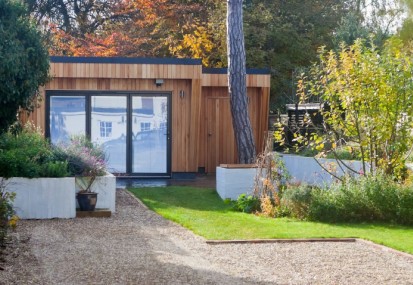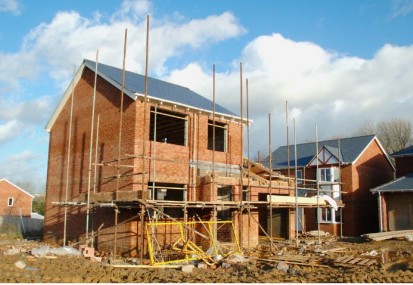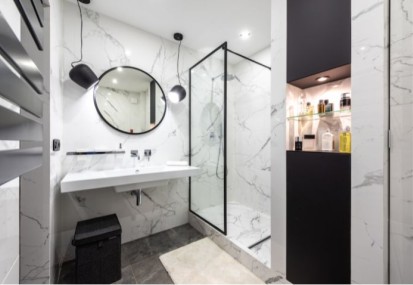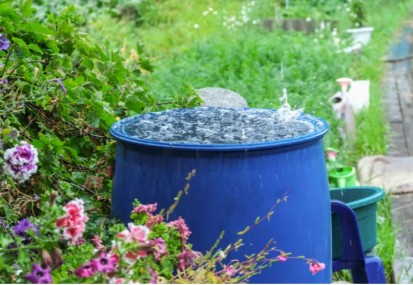More than half (56%) of respondents said they would specifically seek out a property with these qualities, whilst two-thirds (66%) revealed they would choose a property with eco-friendly features to buy or rent, over one without.
The design of properties and the features within them can go a long way in improving energy efficiency. This not only helps the environment but can help you save money on your bills too. The infographic below shows some of the ways that you can do this in the home. Simply click on the circles to discover your different options.
There are a wide variety of eco-friendly roof options from clay tiles to long-lasting metal. ‘Green roofs’ are growing in popularity, these have grass or plant life upon them to take CO2 out of the air and can help moderate temperatures inside the property.
Renewable energy sources in homes are in high demand. Solar panels can be installed on most roofs and not only produce energy without carbon emissions but can also save money on energy bills.
Installing a smart meter is a great first step to make a home more eco-friendly. You can keep an eye on how much energy is costing and use it to analyse if your home could be more energy and cost efficient through insulation or other energy resources.
Double/triple glazed windows can reduce the amount of energy needed to warm your home by keeping in heat and keeping out cold air. Some new properties will be designed with ‘passive solar orientation’ so that the sun can effectively heat a home as it moves throughout the day.
LED lighting saves up to 90% of energy compared to older halogen bulbs, these can be swapped out easily and can last up to 10 years!
Eco-friendly, non-toxic, building materials such as AshCrete and bamboo minimise the impact on the environment and save energy.
Replacing older toilets that have on average a 1.6 gallon flush, with new low-flow toilets helps conserve water.
In the UK, according to Which? around a third of all heat lost is from poorly insulated walls. Investing in wall insulation can save money on heating bills and reduce individual carbon footprints.
Ground source heat pumps, also known as a geothermal pump, are becoming increasingly popular to provide heating and hot water. They need electricity to run, but the idea is they use less electrical energy than the heat they produce by extracting heat from the ground.

Podcast: Improving the energy efficiency and EPC rating of your property

Webinar: Reducing the environmental impact of your rental property



 April 14th
April 14th
 April 10th
April 10th
 April 3rd
April 3rd
 April 1st
April 1st
 March 26th
March 26th
 March 24th
March 24th
 March 14th
March 14th
 March 11th
March 11th
 March 10th
March 10th
 March 7th
March 7th
 February 28th
February 28th
 February 26th
February 26th
 February 25th
February 25th
 February 19th
February 19th
 February 18th
February 18th
 February 13th
February 13th
 February 6th
February 6th
 February 4th
February 4th
 January 27th
January 27th
 January 24th
January 24th